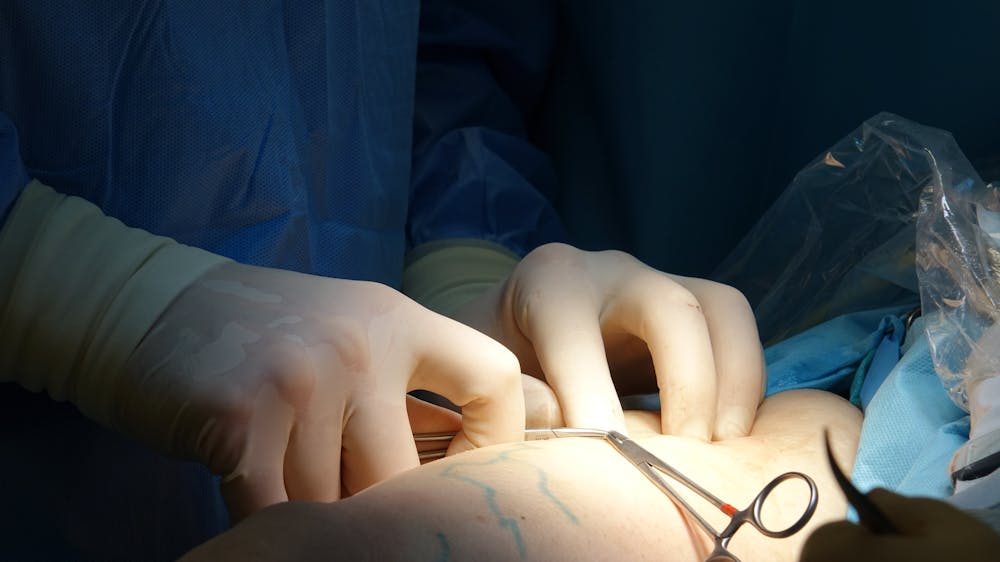
When to Worry About Varicose Veins? Here’s What You Need to Know

Varicose veins are a common issue, affecting about 20% of adults. They’re usually seen as unsightly blemishes on the legs but are often harmless. However, there are times when these veins can lead to more severe health issues. It’s important to know when to worry about varicose veins and seek medical attention. Here are six key things to keep in mind.
Understanding Varicose Veins and Spider Veins
All leg veins are not created equal. Varicose veins are bulging, ropy structures that can be painful and may require medical treatment. They form when the valves in the veins, which help blood travel back to the heart, fail and allow blood to pool. On the other hand, spider veins, while similar in appearance, are smaller and usually do not cause discomfort or require medical attention unless for cosmetic reasons.
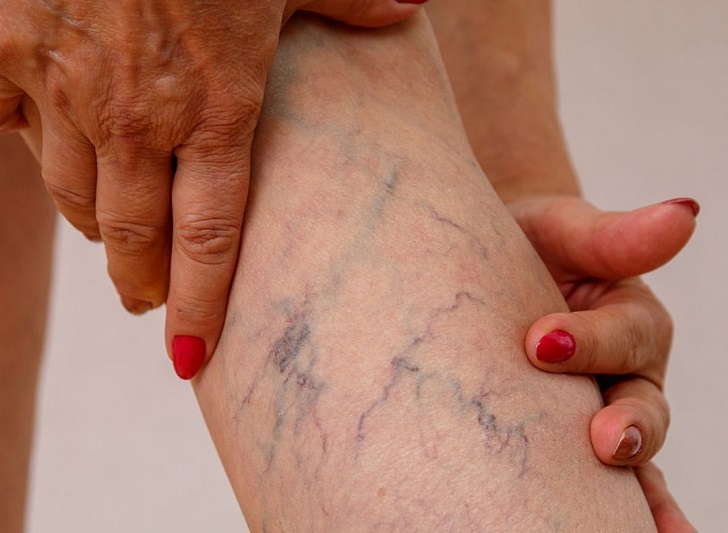
Lariamedspa | Instagram | Varicose veins form when the valves in the veins, which help blood travel back to the heart, fail and allow blood to pool.
Varicose veins are more than just a cosmetic issue. They can sometimes lead to significant discomfort and more serious conditions. Understanding the difference between harmless spider veins and potentially problematic varicose veins is crucial for effective treatment.
When to Worry About Varicose Veins
It’s essential to recognize symptoms that should not be ignored. If you experience any of the following, it’s time to consult a healthcare professional:
- Hyperpigmentation or darkening of the skin around the ankles and lower legs.
- Thickening and hardening of the skin in the same area, which can appear eczema-like.
- The presence of a skin ulcer, especially one that is not caused by an injury.
- Symptoms of deep vein thrombosis such as calf swelling, pain resembling cramping in the calf, or a warm, red area on the leg.
These symptoms can indicate more severe issues, including the potential for blood clots, which could be life-threatening if not treated promptly.
Diagnostic Steps: The Role of Ultrasound
If you’re experiencing pain or any concerning symptoms, an ultrasound might be necessary. This tool is invaluable in diagnosing issues with vein functionality and determining the severity of the condition. Identifying valve dysfunction through an ultrasound can dictate the urgency and type of treatment required.
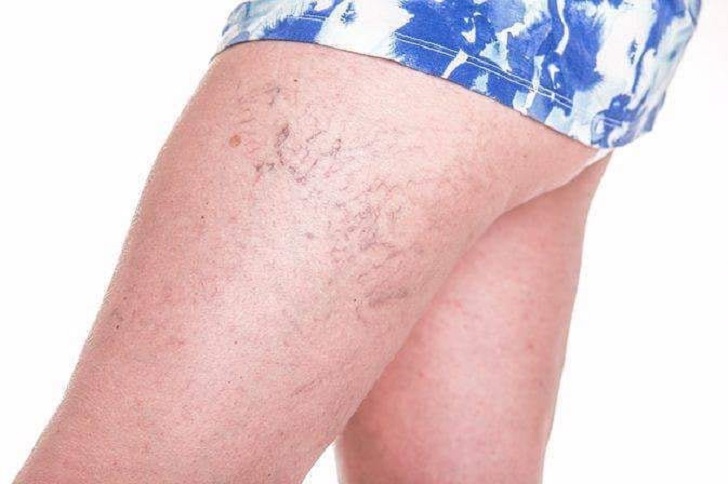
Veinhealthclinicsflorida | Instagram | Identifying valve dysfunction through an ultrasound can dictate the urgency and type of treatment required.
Varied Treatment Options for Varicose Veins
Treatment options for varicose veins have evolved significantly. Procedures that once required general anesthesia can now be done in a doctor’s office with minimal discomfort. Among these, radiofrequency ablation, vein glue, and sclerotherapy are common methods that effectively treat problematic veins. These treatments cater to different needs and vein conditions, ensuring a tailored approach to each patient.
Prevention: Diet and Exercise
While some vein issues are inevitable, especially with genetic predispositions, maintaining a healthy weight and staying active can reduce the risk. Regular exercise, avoiding prolonged standing or sitting, and wearing a low-compression support hose are proactive steps that can mitigate the severity of varicose veins.

The Lazy Artist Gallery | Pexels | Maintaining a healthy weight and staying active can reduce the risk of vein issues.
Varicose Veins During Pregnancy
Pregnancy commonly triggers the formation of varicose veins due to increased blood volume and hormonal changes. However, these veins often regress post-delivery and may not require treatment. Waiting a few months after giving birth before seeking treatment is usually advised to see if the veins diminish on their own.
Conclusion
Varicose veins can range from a simple cosmetic concern to a serious health risk. Understanding when to worry about varicose veins and recognizing the signs that require medical attention can help you manage your health proactively. If you’re experiencing any concerning symptoms, don’t hesitate to consult your healthcare provider for the best course of action.
More in Medical Conditions
-
Is It Safe to Travel to Paris? Essential Tips for Tourists
When considering a trip to Paris, one of the first questions that often arises is, “Is it safe to travel to...
June 20, 2024 -
Hematoma vs Bruise: What Is the Difference?
When it comes to injuries, hematoma vs bruise are often used interchangeably, but they refer to different medical conditions. Understanding the...
June 12, 2024 -
What Is Unipolar Depression? Here’s What You Need to Know Right Now
Depression casts a long shadow over many lives, with symptoms that affect everything from our energy levels to our ability to...
June 7, 2024 -
A Comprehensive Guide on How to Heal Anxious Attachment Style
If you often find yourself seeking constant reassurance from your partner or requiring endless validation to feel secure, you may be...
June 1, 2024 -
Why Is My Skin Peeling on My Face After Skincare? Here’s What You Need to Know
Experiencing skin peeling on your face after implementing a skincare routine can be perplexing and frustrating. This phenomenon, where the skin...
May 23, 2024 -
What Is a Mental Edge, and How Do You Get It?
Have you ever wondered why some individuals seem unshakably confident under intense pressure, finding a way to excel when it matters...
May 15, 2024 -
Why Is Discipline Important: The Ultimate Guide to the Importance of Discipline
Discipline is undoubtedly one of life’s most crucial character traits. It shapes how we approach tasks, manage our time, and...
May 3, 2024 -
Have I Fallen Out of Love or Am I Depressed? Everything You Need to Know
Have I fallen out of love or am I depressed? You’re not alone in this query. In the diversity of human...
April 26, 2024 -
What Does Lung Cancer Breath Smell Like?
Cancer is one of the most formidable diseases of our time, characterized by the uncontrolled growth of cells that invade and...
April 20, 2024


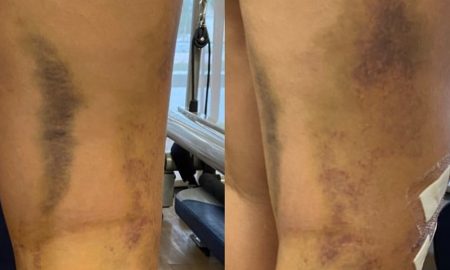









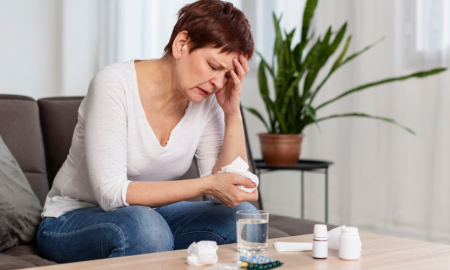


You must be logged in to post a comment Login